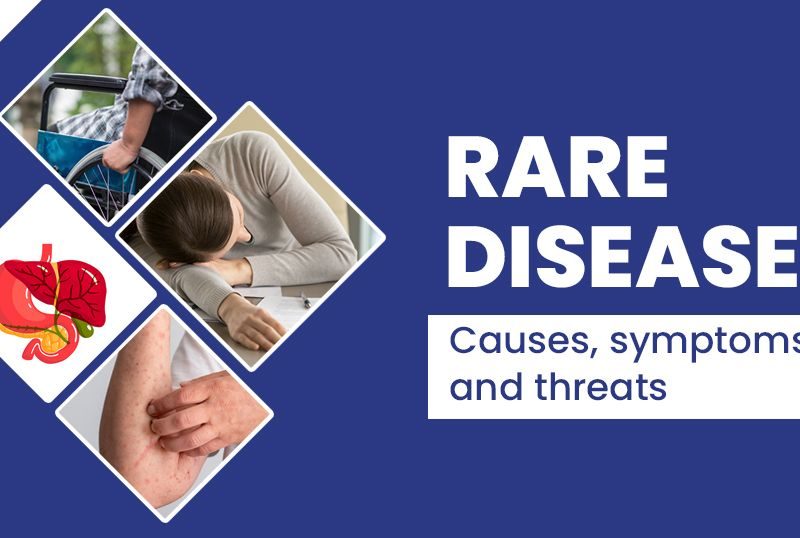When it comes to infectious diseases, there is a wide spectrum of illnesses that can affect individuals, ranging from the common cold to full-blown pandemics. In this article, we will explore the different types of infectious diseases, how they spread, and the key insights that can help us better understand and combat these health threats.
The Basics of Infectious Diseases
Infectious diseases are caused by pathogenic microorganisms such as bacteria, viruses, parasites, and fungi. These pathogens can be spread through various means, including direct contact with an infected individual, contaminated surfaces, or through the air.
Common examples of infectious diseases include the flu, tuberculosis, and measles. While some diseases are relatively mild and easily treatable, others can be life-threatening and lead to widespread outbreaks.
Understanding Transmission
One of the key factors that determine how infectious diseases spread is their mode of transmission. Some diseases, such as the common cold, can be spread through droplets in the air when an infected individual coughs or sneezes. Others, like HIV, require direct contact with bodily fluids.
Understanding how a disease is transmitted is crucial for implementing effective prevention and control measures. For example, wearing masks and practicing good hand hygiene can help prevent the spread of respiratory illnesses like influenza.
The Role of Vaccines
Vaccines play a critical role in preventing infectious diseases by providing immunity to specific pathogens. By introducing a weakened or inactivated form of a virus or bacteria into the body, vaccines stimulate the immune system to produce antibodies that protect against future infections.
Over the years, vaccines have helped eradicate deadly diseases like smallpox and significantly reduce the burden of illnesses such as polio and measles. However, vaccine hesitancy and misinformation have posed challenges to global vaccination efforts, leading to outbreaks of preventable diseases.
Pandemics: A Global Threat
While outbreaks of infectious diseases are common, pandemics represent a significant global threat due to their widespread and rapid spread. Pandemics occur when a new infectious agent emerges and spreads easily among humans, resulting in high levels of morbidity and mortality.
Recent examples of pandemics include the H1N1 influenza pandemic in 2009 and the ongoing COVID-19 pandemic caused by the novel coronavirus SARS-CoV-2. These events have highlighted the importance of global cooperation and preparedness in combating emerging infectious diseases.
Key Insights for Controlling Infectious Diseases
As we continue to navigate the challenges posed by infectious diseases, several key insights can help guide our response:
Early detection and surveillance are essential for identifying outbreaks and preventing their spread.
Public health measures, such as quarantine and contact tracing, are critical for controlling the spread of infectious diseases.
Investing in research and development of new treatments and vaccines can help mitigate the impact of emerging pathogens.
Educating the public about the importance of vaccination and hygiene practices is key to preventing outbreaks and reducing disease burden.
By leveraging these insights and working together as a global community, we can better prepare for and respond to the threats posed by infectious diseases, from common colds to pandemics.
Conclusion
Infectious diseases remain a significant public health challenge, with the potential to cause widespread illness and death. By understanding how these diseases spread, implementing effective prevention measures, and investing in research and development, we can reduce the burden of infectious diseases and protect global health.
By staying informed, following public health guidelines, and supporting vaccination efforts, we can all play a role in combating infectious diseases and keeping our communities safe.


